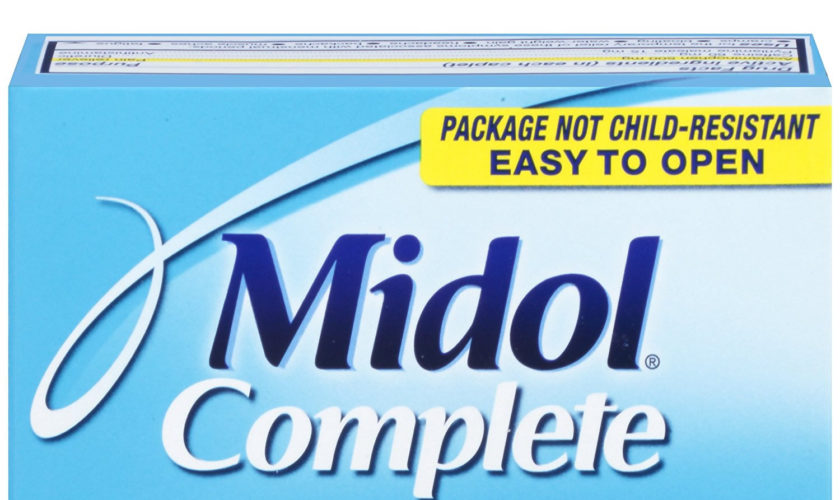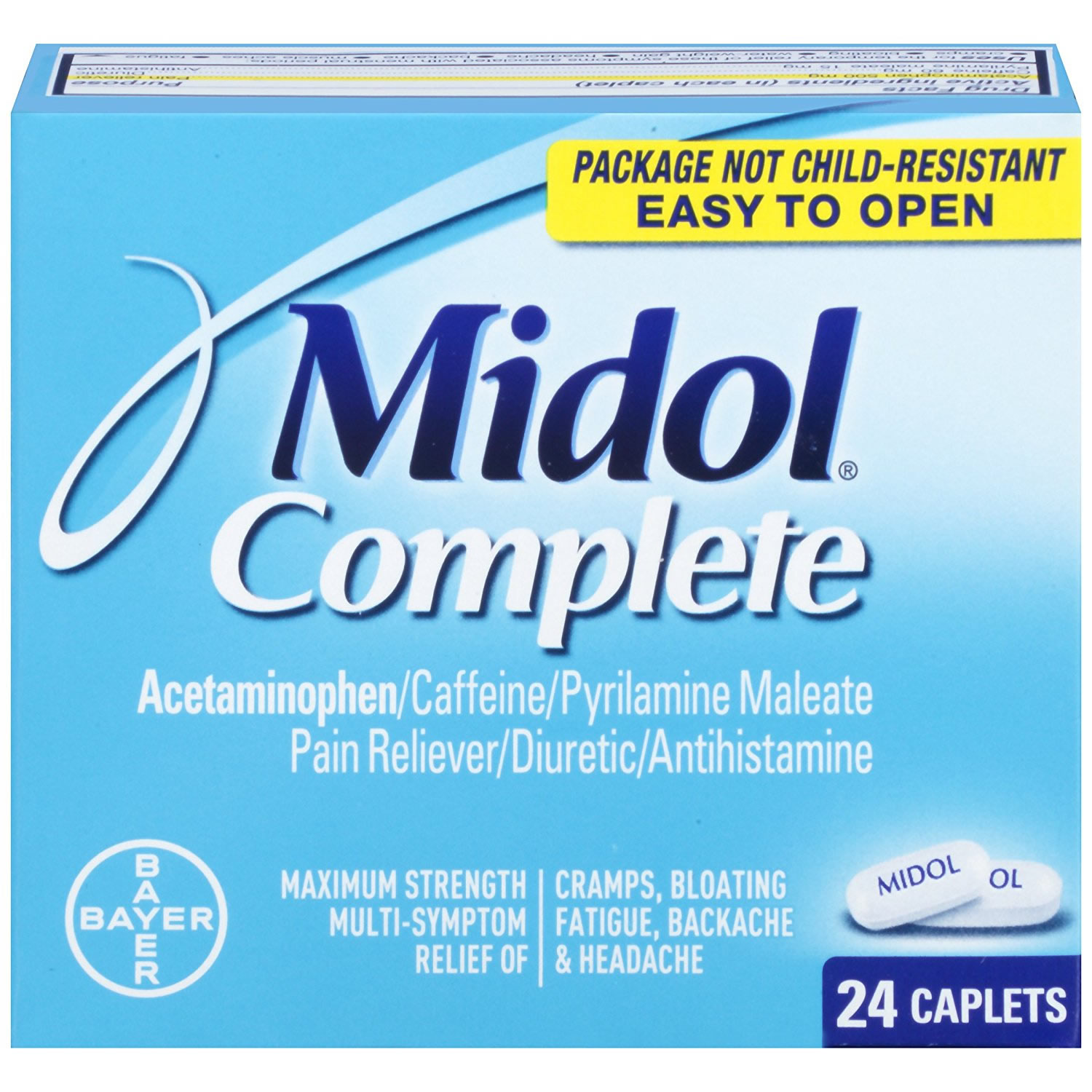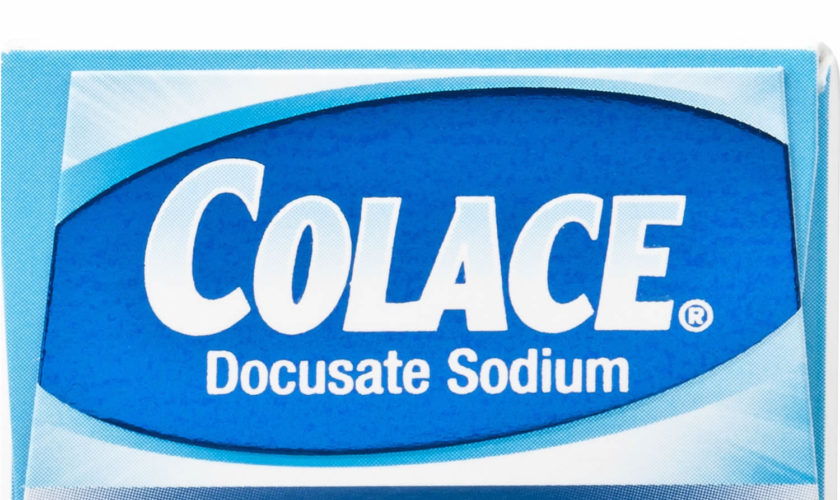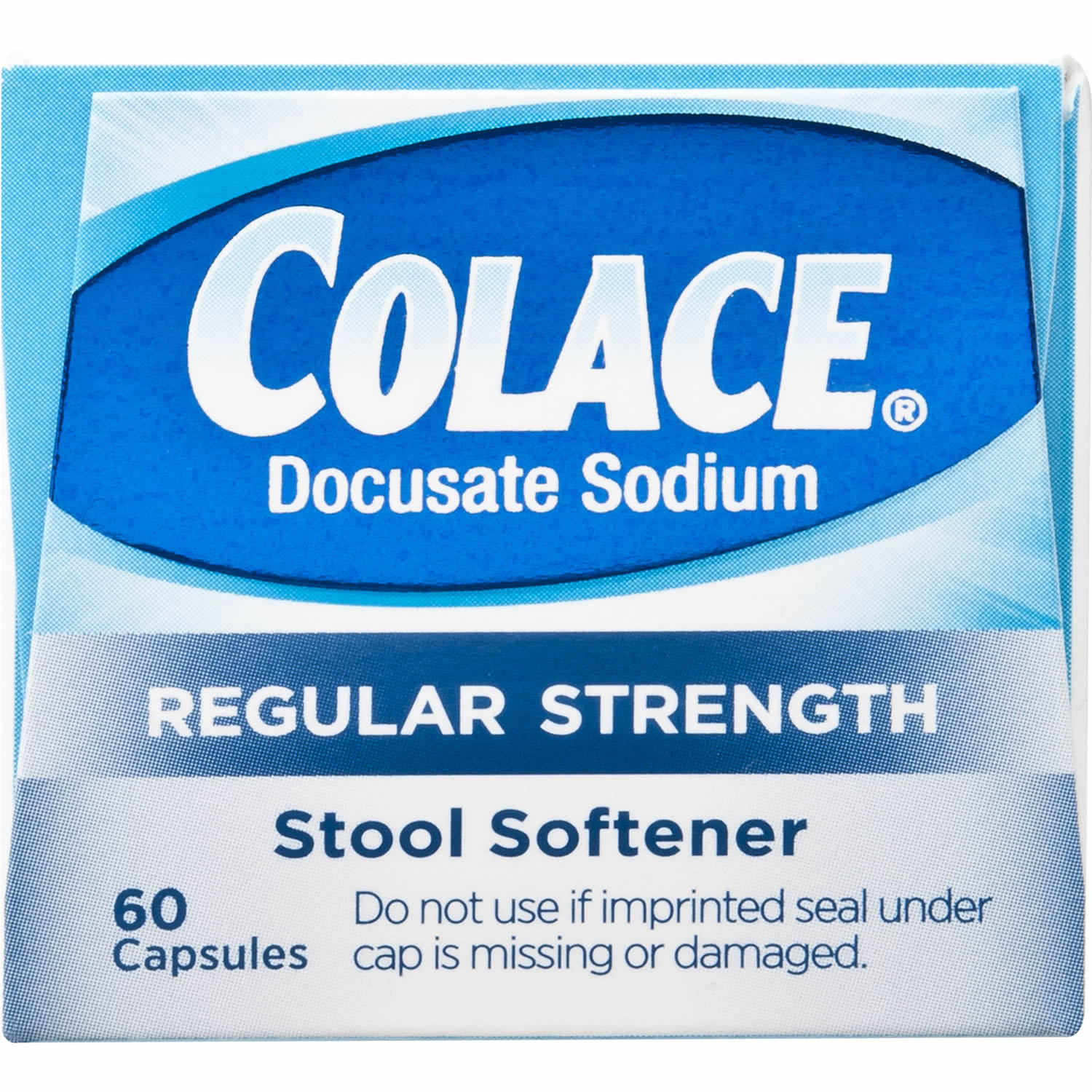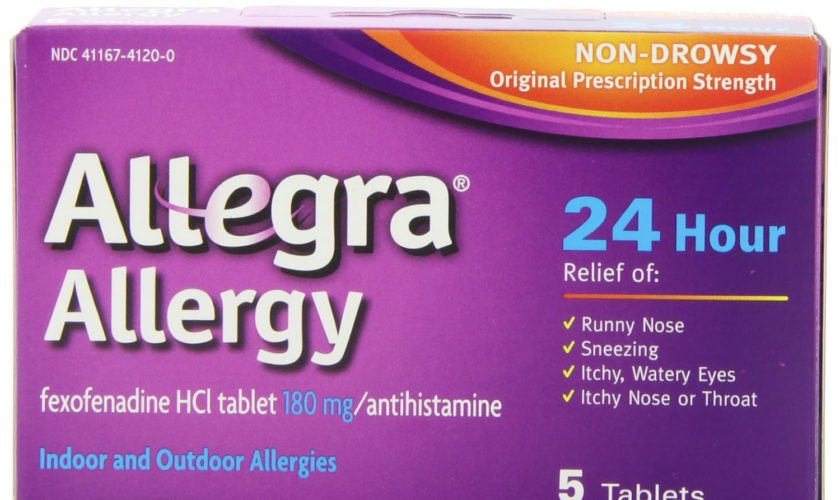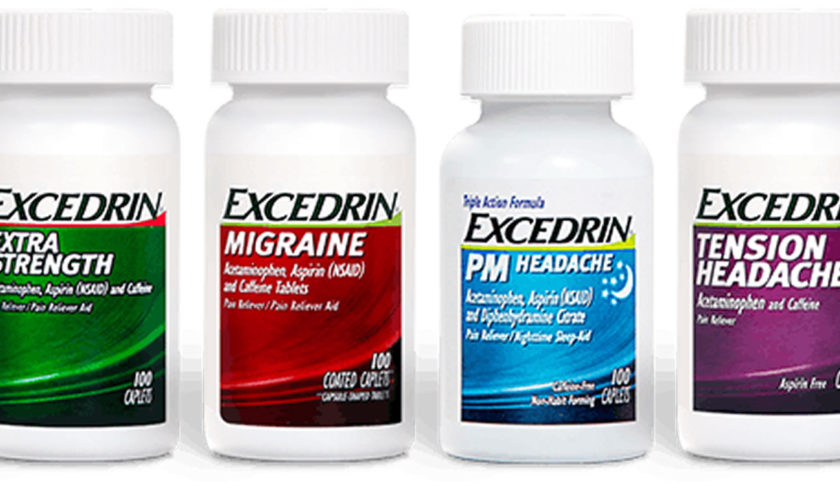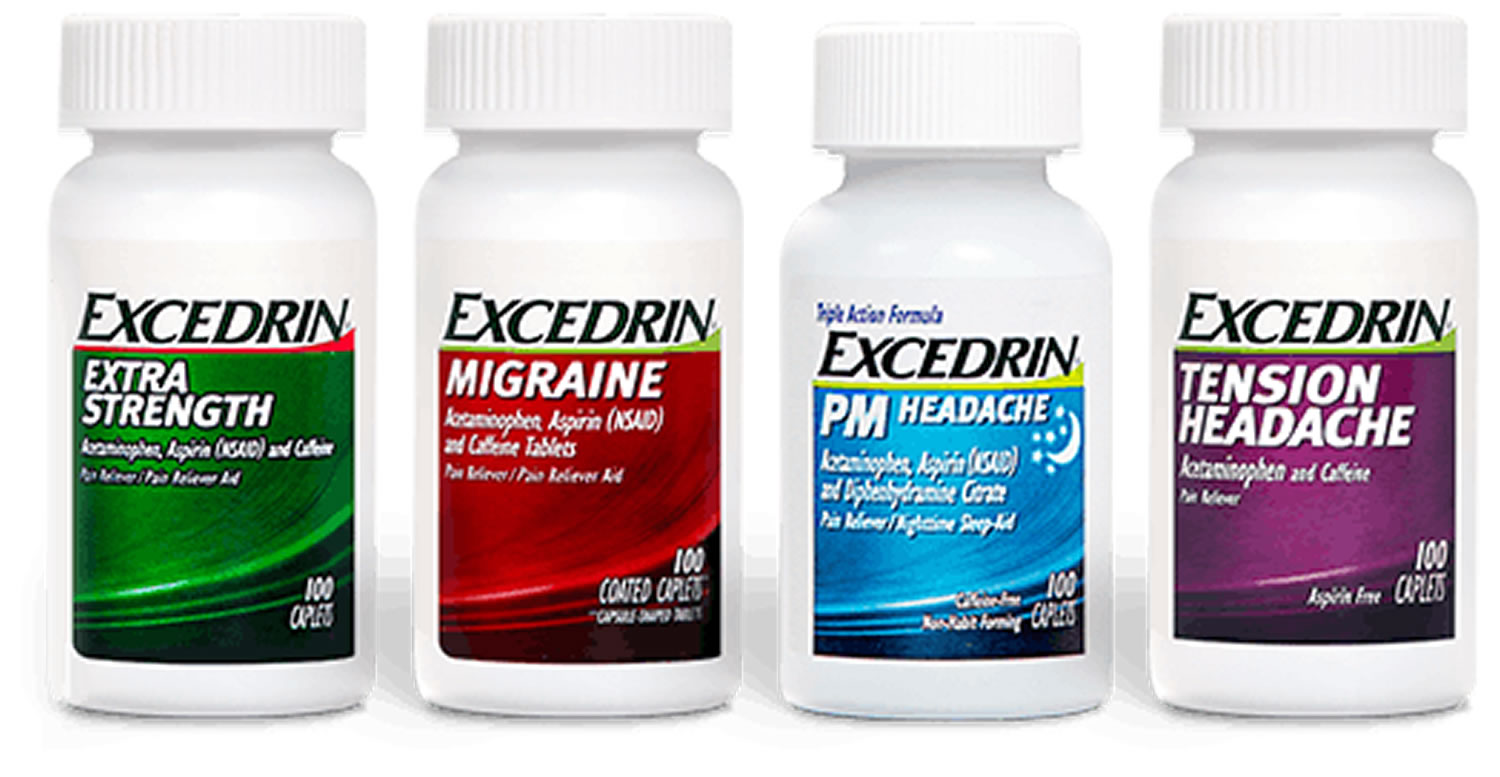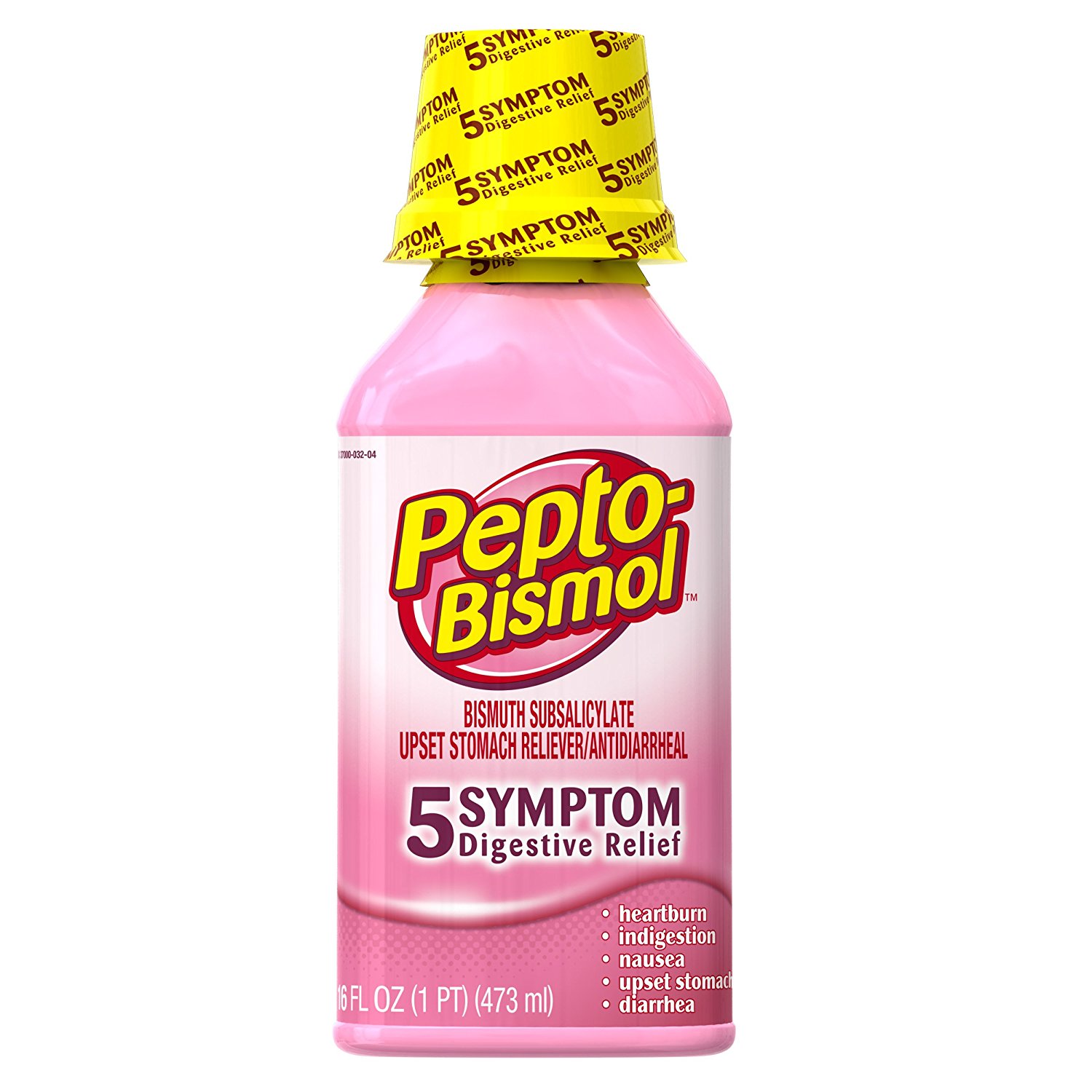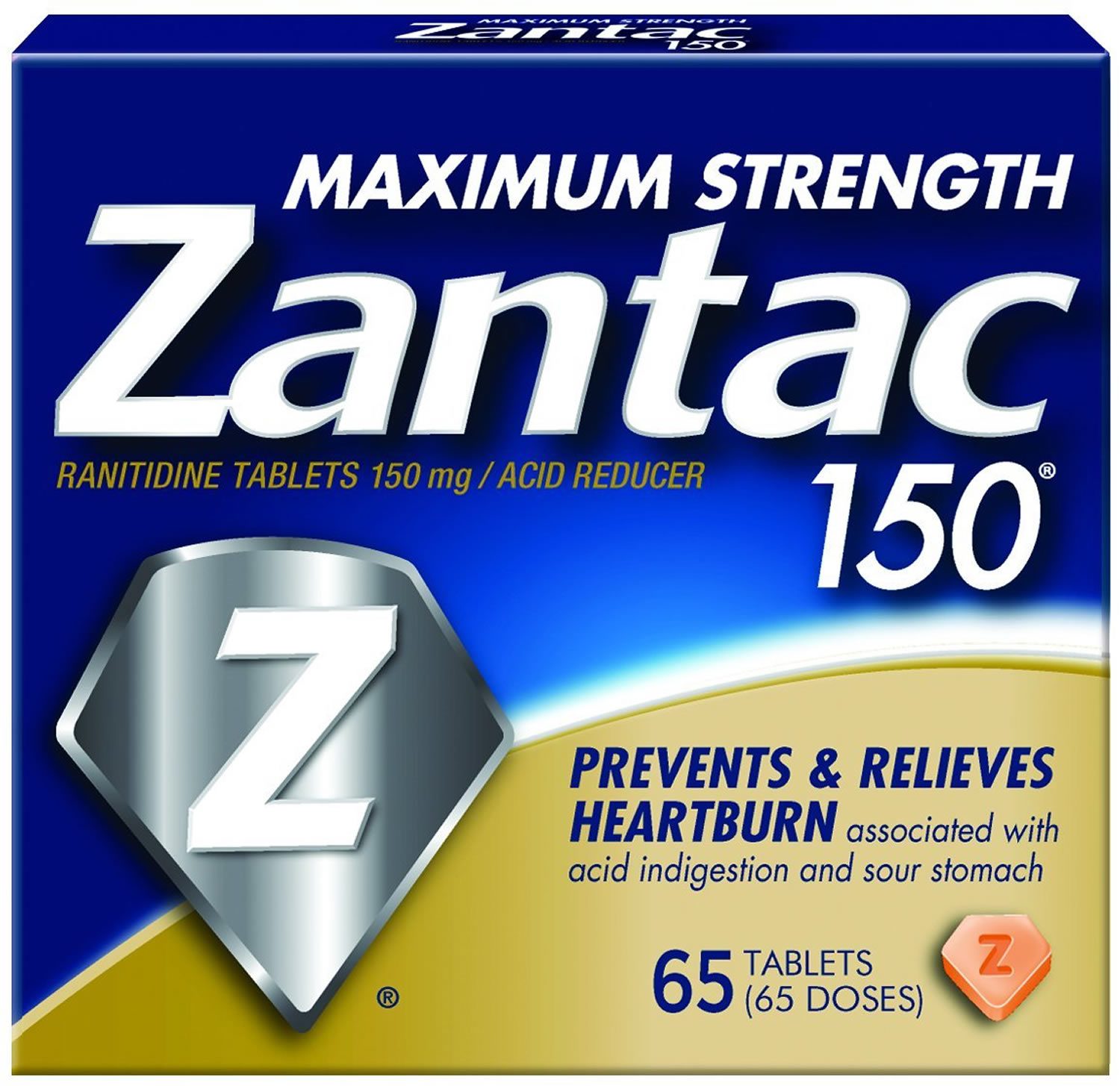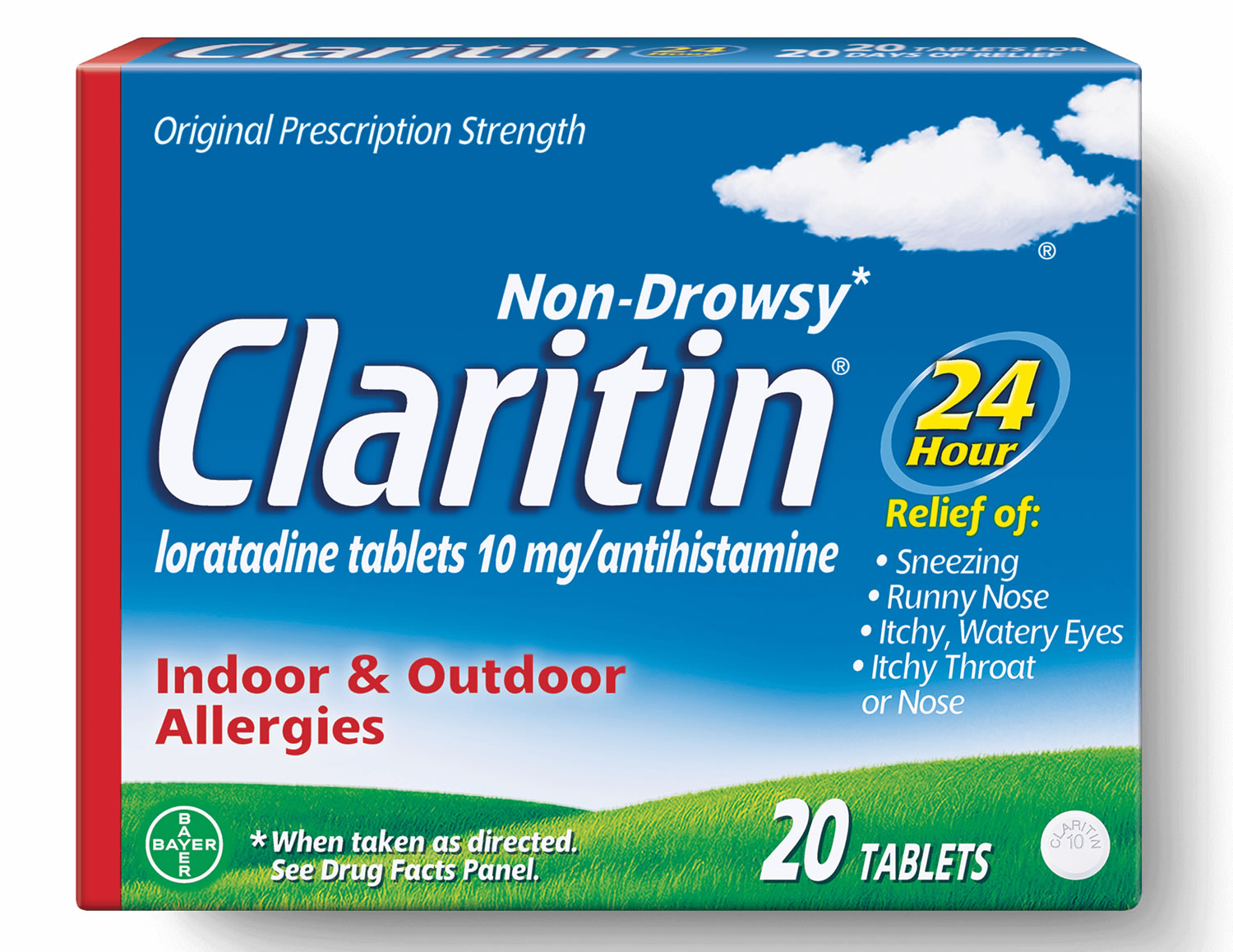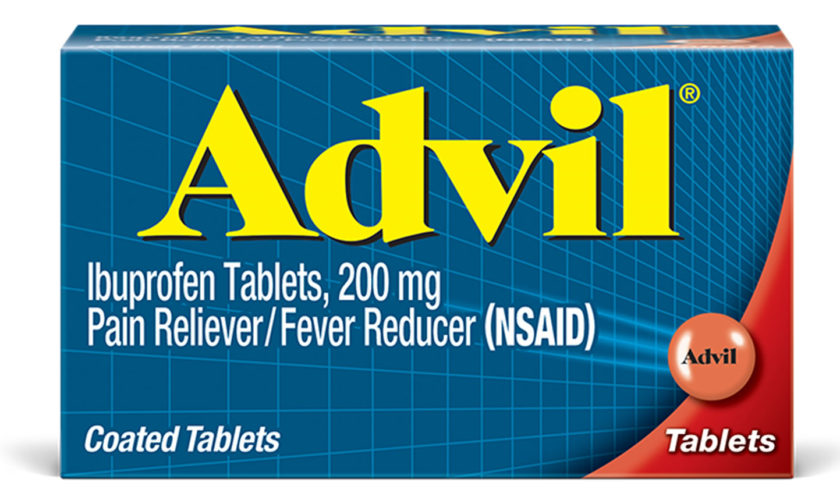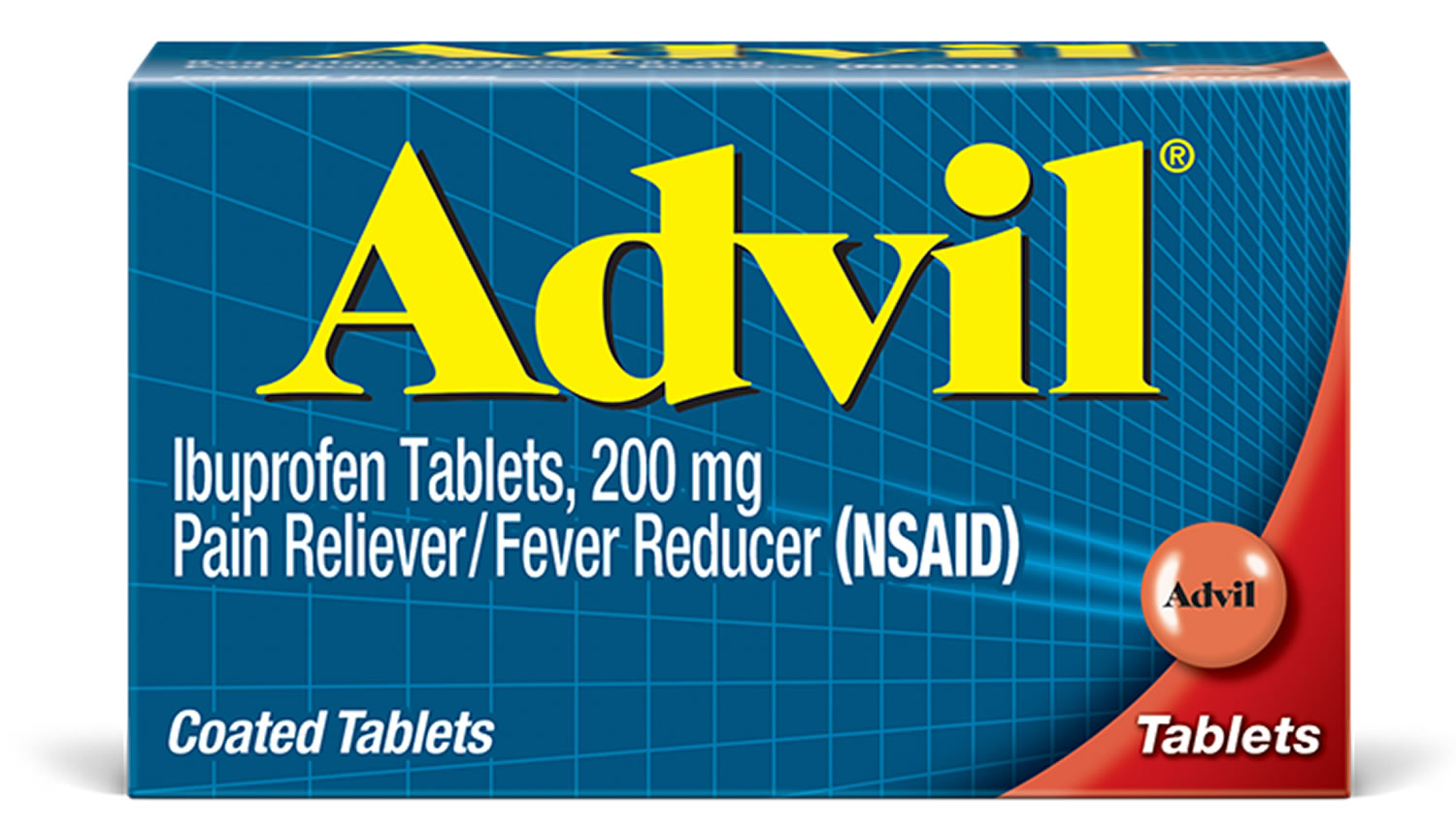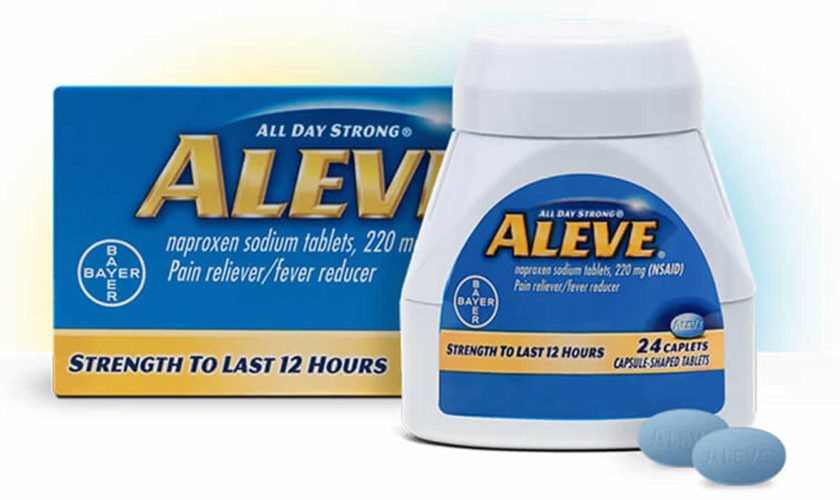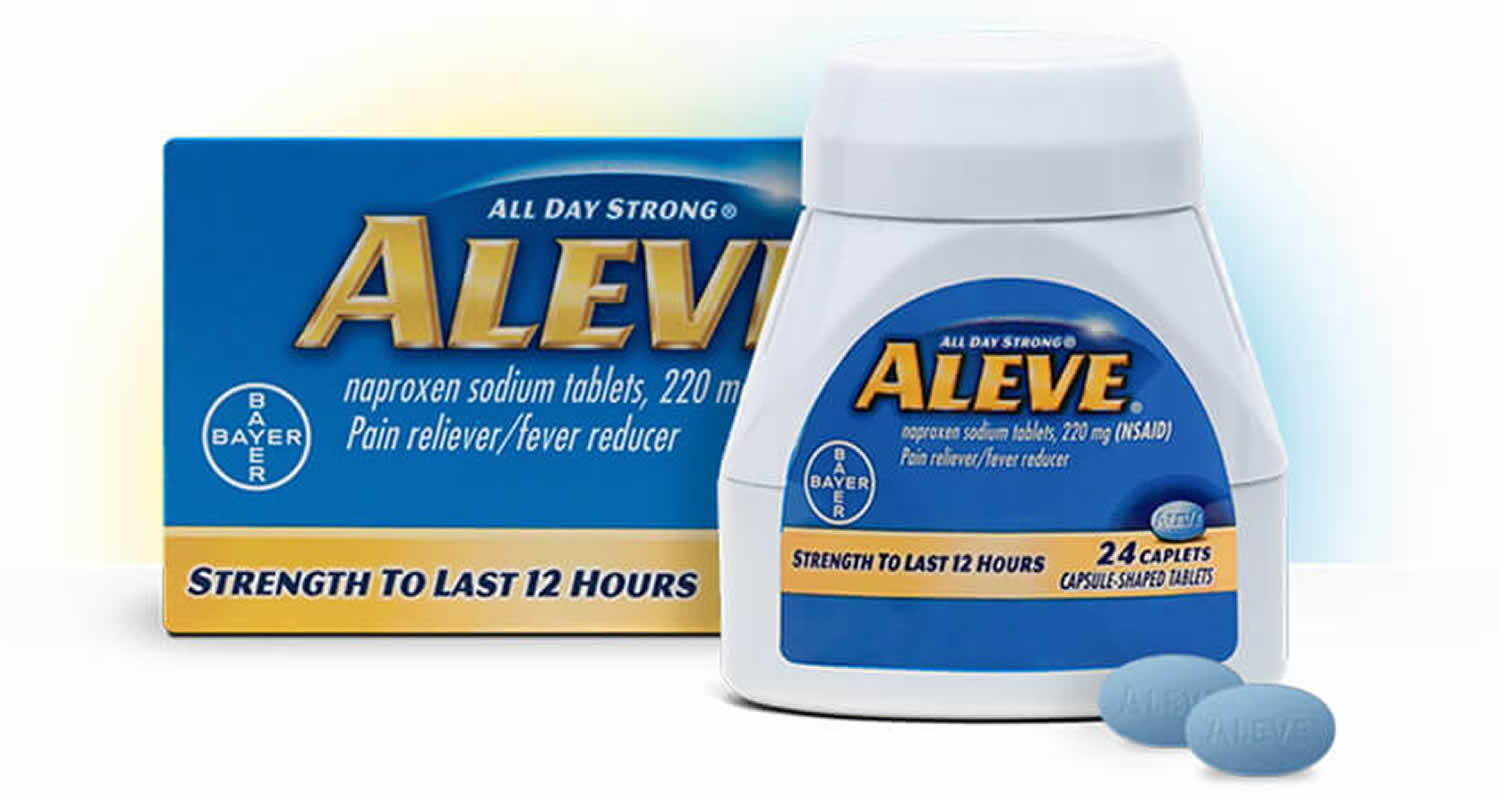What is Dulcolax
Dulcolax is a stimulant laxative used to relieve constipation and also to prepare the bowel for diagnostic or surgical procedures requiring the bowel to be empty. The active ingredient in Dulcolax is Bisacodyl, which is a diphenylmethane laxative that acts by directly stimulating the nerve endings in the mucosa of the colon, increasing the movement of the intestines. Dulcolax (Bisacodyl) can help you empty your bowels if you have constipation (difficulty pooing).
Dulcolax (Bisacodyl) is used in hospitals to help you empty your bowels before surgery or some examinations or treatments. Your hospital will explain how to use it.
Dulcolax (Bisacodyl) comes as a tablet and a suppository (a medicine that you push gently into your back passage).
The Dulcolax (Bisacodyl) tablets and suppositories are available on prescription and to buy from pharmacies.
Key facts
- Dulcolax (Bisacodyl) tablets take 6 to 12 hours to work.
- Dulcolax (Bisacodyl) suppositories take 10 to 45 minutes to work, so it’s best to stay close to a toilet.
- The most common side effects are feeling sick (nausea), diarrhea, stomach pain or cramps.
- Only give Dulcolax (Bisacodyl) to children if their doctor recommends it.
- Do not take Dulcolax (Bisacodyl) tablets or use Dulcolax (Bisacodyl) suppositories every day for more than 5 days.
- Bisacodyl is also called by the brand name Alophen Pills, Bisac-Evac, Carter’s Little Pills, Correctol, Dulcolax, Feen-A-Mint, Fleet Bisacodyl, Bisacodyl Uniserts, Fleet Bisacodyl Enema, Dulcolax Bowel Prep Kit and Dulcolax.
How does Dulcolax work
Dulcolax (Bisacodyl) is in a class of medications called stimulant laxatives. It works by increasing activity of the intestines to cause a bowel movement.
Dulcolax (Bisacodyl) is used on a short-term basis to treat constipation. It also is used to empty the bowels before surgery and certain medical procedures.
Dulcolax (Bisacodyl) has been used to facilitate flushing of colostomies and may reduce or eliminate the need for irrigations.
Dulcolax (Bisacodyl) is used:
- to treat constipation that occurs following prolonged bed rest or hospitalization.
- to treat chronic constipation associated with opiate therapy.
- to treat constipation occurring secondary to idiopathic slowing of transit time, to constipating drugs, or to irritable bowel or spastic colon syndrome.
- to treat constipation in patients with neurologic constipation.
How should Dulcolax be used?
Dulcolax (Bisacodyl) comes as a tablet to take by mouth. Swallow the tablets whole with a glass of water; do not split, chew, or crush them. Do not take Dulcolax (Bisacodyl) within 1 hour after drinking or eating dairy products. Dulcolax (Bisacodyl) is usually taken the evening before a bowel movement is desired. Do not take Dulcolax (Bisacodyl) more than once a day or for more than 1 week without talking to your doctor. Follow the directions on the package or on your prescription label carefully, and ask your doctor or pharmacist to explain any part you do not understand. Take Dulcolax (Bisacodyl) exactly as directed. Frequent or continued use of Dulcolax (Bisacodyl) may make you dependent on laxatives and cause your bowels to lose their normal activity.
What special dietary instructions should I follow?
A regular diet and exercise program is important for regular bowel function. Eat a high-fiber diet and drink plenty of liquids (eight glasses) each day as recommended by your doctor.
How long does it take for Dulcolax to work?
Dulcolax (Bisacodyl) tablet taken by mouth normally causes a bowel movement within 6 to 12 hours. If you do not have a regular bowel movement after taking Dulcolax (Bisacodyl), do not take any more medication and talk to your doctor.
Dulcolax (Bisacodyl) suppositories take 10 to 45 minutes to work, so it’s best to stay close to a toilet.
How long should I take Dulcolax for?
Do not take Dulcolax (Bisacodyl) every day for more than 5 days. If you are still constipated after that, talk to your doctor.
Is it safe to take Dulcolax for a long time?
Ideally, you should only use Dulcolax (Bisacodyl) occasionally and for a few days at a time.
Using laxatives like Dulcolax (Bisacodyl) for longer can lead to a fluid and salt imbalance in your body and you may become dehydrated.
If you need to use laxatives every day for a longer time, talk to your doctor.
With long term use or overdosage of stimulant laxatives, electrolyte disturbances including hypokalemia, hypocalcemia, metabolic acidosis or alkalosis, abdominal pain, diarrhea, malabsorption, weight loss, and protein-losing enteropathy may occur 1. Electrolyte disturbances may produce vomiting and muscle weakness; rarely osteomalacia, secondary aldosteronism, and tetany may occur. Pathologic changes in including structural damage to the myenteric plexus, severe and permanent interference with colonic motility, and hypertrophy of the muscularis mucosae may occur with chronic use 1.
Can I take different laxatives together?
For most people, 1 laxative will be enough to make your constipation better.
Occasionally, you may need to take 2 different types of laxatives at the same time to get your bowels moving again. Only take 2 laxatives together if your doctor or pharmacist tell you to as this increases the risk of side effects.
Are other laxatives any better?
There are other types of laxative. They work in a different way from Dulcolax (Bisacodyl), but are equally good at treating constipation.
- Bulk-forming laxatives, for example Fybogel and methylcellulose. These increase the “bulk” or weight of poo, which in turn stimulates bowel movement. They take 2 or 3 days to work.
- Osmotic laxatives, for example lactulose. These draw water from the rest of the body into your bowel to soften your poo and make it easier to pass. They take at least 2 days to work.
- Stimulant laxatives, for example senna. These stimulate the muscles that line your gut, helping them to move poo along your gut to your back passage. Senna takes about 8 hours to work.
Can I use Dulcolax after surgery?
It’s quite common to have constipation after surgery. Using a laxative may help.
If you have constipation after an operation, it’s better to use lactulose because it is gentler than Dulcolax (Bisacodyl). You can get it on prescription or buy it from pharmacies.
Can lifestyle changes help constipation?
It’s often possible to improve constipation without having to use laxatives. Before trying Dulcolax (Bisacodyl) – or to stop constipation coming back – it may help to:
- eat more fiber – aim for about 30-35 g of fiber a day. High-fiber foods include fruit, vegetables and cereals. If you’re not used to a high-fiber diet, increase the amount of fiber you eat gradually.
- add bulking agents, such as wheat bran, to your diet. These will help make your poo softer and easier to pass (although bran and fiber can sometimes make bloating worse).
- drink plenty of water – to keep poo soft.
- exercise regularly – keeping your body active will help to keep your gut moving.
- go to the toilet when you need to, rather than holding it in.
Who can and can’t take Dulcolax
Dulcolax (Bisacodyl) can be used by adults.
Dulcolax (Bisacodyl) can also be used by children, if their doctor recommends it. Doctors normally only recommend it for children aged 4 years and older. Occasionally, they recommend it for children aged 2 years and older.
Dulcolax (Bisacodyl) enteric-coated tablets are not recommenced for children up to 6 years of age since patients in this age group may have difficulty swallowing the tablet without chewing it 2. Gastric irritation may develop if the enteric coating is destroyed by chewing 2.
Furthermore, laxatives should not be given to young children unless prescribed by a physician. Since children are not usually able to describe their symptoms precisely, proper diagnosis should precede the use of laxatives 2. This will avoid the complication of an existing condition (e.g., appendicitis) or the appearance of more severe side effects 2.
Dulcolax (Bisacodyl) isn’t suitable for some people. To make sure it’s safe for you, tell your doctor or pharmacist if you have:
- ever had an allergic reaction to Dulcolax (Bisacodyl) or any other medicines in the past
- signs of dehydration
- severe stomach pain and you are feeling sick or being sick (nausea or vomiting)
- a serious problem in your tummy (abdomen), such as appendicitis, a blockage in your bowel (intestinal obstruction), ulcerative colitis or Crohn’s disease, or a problem with the muscles in your bowel not being able to move food and liquid along
For Dulcolax (Bisacodyl) tablets, also tell your doctor or pharmacist if you:
- can’t digest some sugars – the tablets contain a small amount of lactose and sucrose
For Dulcolax (Bisacodyl) suppositories, also tell your doctor or pharmacist if you have:
- ever had an allergic reaction to suppositories
- tears or open sores (anal fissures) or cracked skin around your back passage (anus)
Before taking Dulcolax – Precautions
- tell your doctor and pharmacist if you are allergic to Dulcolax (Bisacodyl), any other medications, or any of the ingredients in these products. Check the label or ask your pharmacist for a list of the ingredients.
- tell your doctor and pharmacist what prescription and nonprescription medications, vitamins, nutritional supplements, and herbal products you are taking or plan to take. Your doctor may need to change the doses of your medications or monitor you carefully for side effects.
- if you are taking antacids, wait at least 1 hour before taking Dulcolax (Bisacodyl).
- tell your doctor if you have stomach pain, nausea, vomiting, or a sudden change in bowel movements lasting more than 2 weeks.
- tell your doctor if you are pregnant, plan to become pregnant, or are breast-feeding. If you become pregnant while taking Dulcolax (Bisacodyl), call your doctor.
- talk to your doctor about the risks and benefits of taking this medication if you are 65 years of age or older. Older adults should not usually take Dulcolax (Bisacodyl) because it is not as safe or effective as other medications that can be used to treat the same condition.
- Stimulant laxatives are habit forming and long term use of these drugs may result in laxative dependence and loss of normal bowel function 1.
Cautions with other medicines
Some medicines – and some foods – interfere with the way Dulcolax (Bisacodyl) works.
For safety, tell your doctor or pharmacist if you are taking any other medicines, including herbal remedies, vitamins or supplements.
They include:
- water tablets (diuretics), steroids (like prednisolone) or digoxin (a heart medicine) – these can upset the balance of salts and minerals in your body if you have too much Dulcolax (Bisacodyl) by accident. If you are taking digoxin, this imbalance makes it more likely you will have the serious side effects of digoxin. It’s important not to take too much Dulcolax (Bisacodyl) if you are taking any of these medicines.
- indigestion remedies (antacids) and dairy products like milk, cheese and yogurt – these interact with Dulcolax (Bisacodyl) tablets and stop them working properly. They can also make the Dulcolax (Bisacodyl) irritate your stomach and give you indigestion. Do not take Dulcolax (Bisacodyl) at the same time – leave a gap of 1 hour before or after taking Dulcolax (Bisacodyl) if you are having indigestion remedies or dairy products. The small amount of milk in coffee and tea is unlikely to affect it, but it’s best to take Dulcolax (Bisacodyl) tablets with a glass of water.
Mixing Dulcolax (Bisacodyl) with herbal remedies or supplements
There is not enough research to know if complementary medicines and herbal remedies are safe to take with Dulcolax (Bisacodyl).
Dulcolax in Pregnancy and Breastfeeding
Tell your pharmacist or doctor if you are trying to get pregnant, already pregnant, or breastfeeding.
FDA Pregnancy Risk Category B: NO EVIDENCE OF RISK IN HUMANS. Adequate, well controlled studies in pregnant women have not shown increased risk of fetal abnormalities despite adverse findings in animals, or, in the absence of adequate human studies, animal studies show no fetal risk. The chance of fetal harm is remote but remains a possibility 3.
Dulcolax (Bisacodyl) tablets or suppositories are not generally recommended if you are pregnant, especially in the first 3 months and while you are breastfeeding. Talk to your doctor about the benefits and risks of taking Dulcolax (Bisacodyl).
If you are pregnant or breastfeeding, it’s always better to try to treat constipation without taking a medicine. Your doctor or midwife will first advise you to eat more fibre and drink plenty of fluids. It may also help to do gentle exercise.
If diet and lifestyle changes do not work, your doctor or midwife may recommend another laxative, such as lactulose or Fybogel. These are safer laxatives to take during pregnancy and while breastfeeding.
I just found out I am pregnant. Should I stop taking Dulcolax?
Always talk with your healthcare provider before making any changes in your medications. It is important to consider the benefits of treating constipation symptoms during pregnancy.
Constipation may cause pain and other health problems in pregnancy such as cramps, hemorrhoids, and breakdown of the anal tissue. Treating constipation will help reduce the risk of these problems. Dietary changes such as increasing fluids, eating high fiber foods such as whole grains and fresh fruits and vegetables can help prevent constipation. Regular exercise can also help. Although occasional constipation is common in pregnancy, talk with your healthcare provider if constipation becomes an ongoing problem. Your healthcare provider may also want to confirm the diagnosis of constipation and see how dietary and exercise changes can help before discussing medical treatment.
Can the use of laxatives during pregnancy cause birth defects?
Few studies have been done to look at the possible risks from using laxatives during pregnancy. However, the available studies show that when used in recommended doses, laxatives are not expected to increase the risk of birth defects or pregnancy problems.
Are there other concerns when using laxatives?
Yes. Laxatives may reduce the amount of nutrition and medicines that get into the blood since laxatives can make food go through the intestines faster than usual. Nutritional problems are only seen when these agents are used more than recommended.
When more than the recommended amounts of laxatives are used, some can also lower the levels of salts, such as magnesium, in a person’s blood. There is one reported case of low magnesium levels in a newborn that was linked to the mother using too much docusate sodium. The baby’s main symptom was jitteriness, which went away by the second day of life.
Castor oil has been used at the end of pregnancy to bring on labor. It can cause severe diarrhea and cramping of the bowel and uterus. However, if the lower part of the uterus (cervix) is not ready, these contractions will not bring on labor. If you are at the end of your pregnancy, your health care provider can discuss other ways to begin labor.
Dulcolax and Breastfeeding
Dulcolax (Bisacodyl) is not absorbed from the gastrointestinal tract, and its active metabolite, which is absorbed, is not detectable in breastmilk 4. Dulcolax (Bisacodyl) can be taken during breastfeeding and no special precautions are required 4. Sixteen postpartum women who were not breastfeeding, but were producing at least 200 mL of milk daily by breast pump were given either oral enteric-coated bisacodyl tablets (Dulcolax) 10 mg daily or oral liquid sodium picosulfate (Laxoberal) 10 mg daily for 7 days 5. Both drugs are prodrugs metabolized to the active drug, bis-(p-hydroxyphenyl)-2-pyridyl-2-methane. All breastmilk was collected daily from the day before drug administration to 2 days after the last dose. Free and conjugated bis-(p-hydroxyphenyl)-2-pyridyl-2-methane were undetectable (<1 mcg/L) in all milk samples 5.
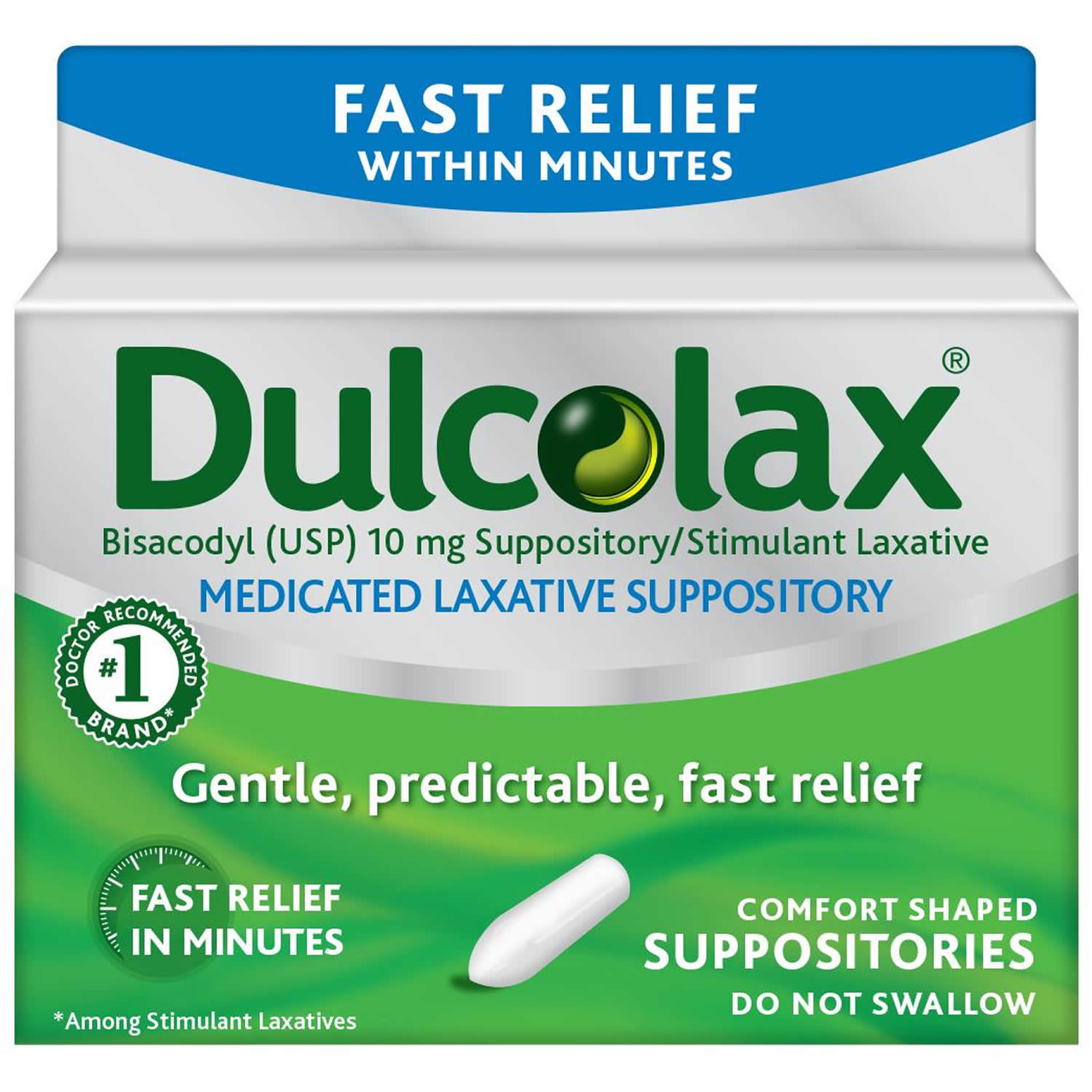 How and when to take Dulcolax
How and when to take Dulcolax
Before using rectal Dulcolax
- tell your doctor and pharmacist if you are allergic to Dulcolax (Bisacodyl), any other medications, or any of the ingredients in these products. Check the label or ask your pharmacist for a list of the ingredients.
- tell your doctor and pharmacist what prescription and nonprescription medications, vitamins, nutritional supplements, and herbal products you are taking or plan to take. Your doctor may need to change the doses of your medications or monitor you carefully for side effects.
- tell your doctor if you have stomach pain, nausea, vomiting, a sudden change in bowel movements lasting more than 2 weeks, anal fissures, or hemorrhoids.
- tell your doctor if you are pregnant, plan to become pregnant, or are breast-feeding. If you become pregnant while using rectal Dulcolax (Bisacodyl), call your doctor.
- talk to your doctor about the risks and benefits of using this medication if you are 65 years of age or older. Older adults should not usually use rectal Dulcolax (Bisacodyl) because it is not as safe or effective as other medications that can be used to treat the same condition.
How to take Dulcolax
Dulcolax (Bisacodyl) Tablets
- Take the medicine once a day just before bedtime.
- You can take it with or without food. Swallow the tablet whole with water.
- Do not have milk, indigestion remedies (antacids) or medicines to reduce stomach acid (for example, proton pump inhibitors) at the same time as Dulcolax (Bisacodyl). This is because they will stop the medicine working properly. Leave a gap of 1 hour between taking any of these and taking your Dulcolax (Bisacodyl) tablets.
Dulcolax (Bisacodyl) Suppositories
- Take the wrapping off and push a suppository gently into your back passage (anus).
- Suppositories work quickly (usually between 10 and 45 minutes), so use it when you know you will be near a toilet.
- Read the instructions in the leaflet inside the package. They will explain how to use the suppository.
Rectal Dulcolax (Bisacodyl) comes as a suppository and enema to use rectally. It is usually used at the time that a bowel movement is desired. The suppositories usually cause a bowel movement within 15 to 60 minutes and the enema within 5 to 20 minutes. Do not use Dulcolax (Bisacodyl) more than once a day or for more than 1 week without talking to your doctor. Follow the directions on the package or on your prescription label carefully, and ask your doctor or pharmacist to explain any part you do not understand. Use rectal Dulcolax (Bisacodyl) exactly as directed. Frequent or continued use of Dulcolax (Bisacodyl) may make you dependent on laxatives and cause your bowels to lose their normal activity. If you do not have a regular bowel movement after using Dulcolax (Bisacodyl), do not use this medication again and talk to your doctor.
If using a Dulcolax (Bisacodyl) suppository, follow these steps:
- If the suppository is soft, hold it under cool water or place it in the refrigerator for a few minutes to harden it before removing the wrapper.
- Remove the wrapper.
- If you were told to use half of the suppository, cut it lengthwise with a clean, sharp knife or blade.
- Lie down on your left side and raise your right knee to your chest.
- Using your finger, insert the suppository, pointed end first, into your rectum until it passes the muscular sphincter of the rectum, about 1 inch (2.5 centimeters) in adults. If not inserted past this sphincter, the suppository may pop out.
- Hold it in place for as long as possible.
- Wash your hands thoroughly.
If using a Dulcolax (Bisacodyl) enema, follow these steps:
- Shake the enema bottle well.
- Remove the protective shield from the tip.
- Lie down on your left side and raise your right knee to your chest or kneel and lean forward so that your head and chest are resting comfortably.
- Gently insert the enema bottle into the rectum with the tip pointing toward the navel.
- Squeeze the bottle gently until the bottle is nearly empty.
- Remove the enema bottle from the rectum. Hold the enema contents in place as long as possible, for up to 10 minutes.
- Wash your hands thoroughly.
How much Dulcolax to take
Dulcolax (Bisacodyl) Tablets
The usual dose in:
- adults and children aged 12 years and over is 5—15 mg/day (1 to 3 tablets) once a day before bedtime
- children aged 6 to 11 years old is 5 mg (1 tablet) a day before bedtime, if their doctor recommends it
If you are an adult or child aged 10 and over and you have not taken Dulcolax (Bisacodyl) before, start with 1 tablet. If that doesn’t work well enough for you, you can take 2 tablets.
Dulcolax (Bisacodyl) Suppositories
The usual dose for:
- adults and children aged 12 years and over is 1 suppository (10mg) a day
- children 6 to 12 years old is 1 suppository (5mg) a day, if their doctor recommends it
What if I forget to take it?
If you forget a dose of Dulcolax (Bisacodyl), don’t worry. Just take the next dose at the usual time.
Never take 2 doses at the same time. Never take an extra dose to make up for a forgotten one.
What if I take too much?
Taking an extra dose of Dulcolax (Bisacodyl) by accident is unlikely to harm you. You may get diarrhea and stomach pain, but this should get better within a day or two.
If you’re worried, talk to your doctor or pharmacist for advice.
Is there any food and drink I need to avoid?
Do not take Dulcolax (Bisacodyl) at the same time as dairy products like milk, cheese or yogurt. Leave a gap of 1 hour between taking any of these and taking your Dulcolax (Bisacodyl) tablets. The small amount of milk in coffee and tea should not affect the Dulcolax (Bisacodyl) tablet.
It’s a good idea to stop eating pastries, cakes, puddings and cheese for a while as these can make constipation worse.
Can I drink alcohol with Dulcolax?
Yes, you can drink alcohol with Dulcolax (Bisacodyl).
Dulcolax dosage
Dulcolax Laxative Tablets
Active ingredient (in each suppository): Bisacodyl USP 5 mg
Purpose: Stimulant laxative
Dulcolax Laxative Tablets Warnings
- Dulcolax Laxative Tablets can be can be taken with water and must be swallowed whole.
- The tablets must NOT be chewed or crushed. Dulcolax Laxative Tablets are coated to prevent the active ingredient from being released until it reaches the part of the intestines where it is needed to work.
- Do not use if you cannot swallow without chewing
Ask a doctor before use if you have:
- stomach pain, nausea or vomiting
- a sudden change in bowel habits that lasts more than 2 weeks
When using this product it may cause stomach discomfort, faintness, rectal burning and mild cramps.
Stop use and ask a doctor if:
- you have rectal bleeding or no bowel movement after using this product. These could be signs of a serious condition.
- you need to use a laxative for more than 1 week
If pregnant or breast-feeding, ask a health professional before use.
- Keep out of reach of children. If swallowed, get medical help or contact a Poison Control Center right away.
- Do not use this product if the individual seal is broken
Dulcolax Laxative Tablets Use
- for temporary relief of occasional constipation and irregularity
- this product generally produces bowel movement in 6 to 12 hours
- Dulcolax Laxative Tablets can generally be taken at any time except within one hour of consuming dairy products or antacids. Dulcolax Laxative tablets have a special ‘enteric coating’, which protects the tablet from the stomach’s acidic environment and ensures it is released in the small intestine where it is needed most.
When using Dulcolax Laxative Tablets:
- do not chew or crush tablet(s)
- do not use within 1 hour after taking an antacid or milk
- it may cause stomach discomfort, faintness and cramps
Dulcolax Laxative Tablets Dosage
- Take Dulcolax Laxative Tablets with a glass of water
- Adults and children 12 years of age and over: 1 to 3 tablets in a single daily dose
- If this is the first time you are taking this product, it’s recommend taking 1 to 2 tablets in a single daily dose. It is suggested to take the tablets within 30 to 60 minutes before your normal bedtime to produce a bowel movement the next morning. With experience, you may increase your daily dosage to 2 or 3 tablets, if needed.
- Children 6 to under 12 years of age: 1 tablet in a single daily dose
- Children under 6 years of age: Ask a doctor
What time of day should I take Dulcolax Laxative Tablets?
It is recommended that you take Dulcolax Laxative Tablets when you can allow 6 to 12 hours for the product to work. You may find that it is most convenient to take the product about 30 to 60 minutes before your normal bedtime in order to produce a bowel movement in the morning.
Can I take Dulcolax Laxative Tablets with milk or dairy products?
No. This product should not be taken with milk or dairy products. Do not take Dulcolax laxative tablets within one hour of taking indigestion remedies (antacids) or dairy products such as milk or yogurt as these could cause the tablet’s comfort (enteric) coating to dissolve before it reaches the colon which may result in vomiting or cramping.
Is it safe to use Dulcolax Laxative Tablets on a daily basis?
You may take up to 3 Dulcolax Laxative Tablets a day for up to 7 days. If you need to use a laxative for more than 7 days, consult a health professional.
Dulcolax Laxative Suppositories
Active ingredient (in each suppository): Bisacodyl USP 10 mg
Purpose: Stimulant laxative
Dulcolax Laxative Suppositories Warnings
- For rectal use only. They are NOT intended for oral or vaginal use.
Ask a doctor before use if you have:
- stomach pain, nausea or vomiting
- a sudden change in bowel habits that lasts more than 2 weeks
When using this product it may cause stomach discomfort, faintness, rectal burning and mild cramps.
Stop use and ask a doctor if:
- you have rectal bleeding or no bowel movement after using this product. These could be signs of a serious condition.
- you need to use a laxative for more than 1 week
If pregnant or breast-feeding, ask a health professional before use.
- Keep out of reach of children. If swallowed, get medical help or contact a Poison Control Center right away.
- Do not use this product if the individual seal is broken
Dulcolax Laxative Suppositories Use
- for temporary relief of occasional constipation and irregularity
- this product generally produces bowel movement in 15 minutes to 1 hour
Dulcolax Laxative Suppositories Dosage
- Adults and children 12 years of age and over: 1 suppository in a single daily dose. Peel open plastic. Insert suppository well into rectum, pointed end first. Retain about 15 to 20 minutes.
- Children 6 to under 12 years of age: 1/2 suppository in a single daily dose
- Children under 6 years of age: Ask a doctor
What time of day should I take Dulcolax Laxative Suppositories?
You may take a Dulcolax Laxative Suppository anytime. It generally produces a bowel movement in 15 to 60 minutes.
How often can I take Dulcolax Laxative Suppositories?
Is it safe for daily use?
You may take 1 Dulcolax Laxative Suppository a day for up to 7 days. If you need to use a laxative for more than 7 days, consult a doctor.
How do I use Dulcolax Laxative Suppositories?
What does retain mean?
Remove the suppository from the plastic wrapping and insert the suppository, pointed end first, into the rectum. For best results, you should lie down for 15 to 20 minutes and try to retain the suppository for as long as you can. To retain the suppository means to keep the suppository in the rectum.
Do I need to remove the suppository after it has been inserted?
The Dulcolax Laxative Suppository does not need to be removed after it has been inserted; it works in the rectum within 15-60 minutes.
Dulcolax side effects
Like all medicines, Dulcolax (Bisacodyl) may cause side effects in some people, but many people have no side effects or only minor ones.
Common side effects
Common side effects, which happen in more than 1 in 100 people, are:
- feeling sick (nausea)
- diarrhea
- stomach pain or cramps
- stomach cramps
- faintness
- burning in the rectum (for rectal Dulcolax)
These side effects are mild and usually go away after a couple of days. Talk to your doctor or pharmacist if the side effects bother you or don’t go away.
Serious side effects
Call your doctor straight away if these rare side effects happen to you:
- feeling dizzy
- blood in your poo
- rectal bleeding
- being sick (vomiting)
Serious allergic reaction
In rare cases, it’s possible to have a serious allergic reaction to Dulcolax (Bisacodyl).
- A serious allergic reaction is an emergency. Contact a doctor straight away if you think you or someone around you is having a serious allergic reaction.
The warning signs of a serious allergic reaction are:
- getting a skin rash that may include itchy, red, swollen, blistered or peeling skin
- wheezing
- tightness in the chest or throat
- having trouble breathing or talking
- swelling of the mouth, face, lips, tongue or throat
These are not all the side effects of Dulcolax (Bisacodyl). For a full list, see the leaflet inside your medicines packet.
How to cope with side effects
What to do about:
- feeling sick – try taking Dulcolax (Bisacodyl) with some food.
- diarrhea – stop taking Dulcolax (Bisacodyl) and drink plenty of water or other fluids. Speak to a pharmacist if you have signs of dehydration, such as
- peeing less than usual or having dark, strong-smelling pee. Don’t take any other medicines to treat diarrhea without speaking to a pharmacist or doctor.
- stomach pain or cramps – reduce your dose of Dulcolax (Bisacodyl) or stop taking it until these side effects go away.
Human Toxicity Reports
Mild to moderate toxicity
- Nausea, vomiting, abdominal pain, and diarrhea have been reported.
Severe toxicity
- Fluid and electrolyte depletion, hypotension from extensive fluid losses, blisters, and skin sloughing of the buttocks and perineum with diarrhea.
Chronic toxicity
- Electrolyte abnormalities (e.g., hypochloremia, hypokalemia, hypocalcemia, hypomagnesemia), reflex bowel hypofunction, permanent colonic dysfunction (cathartic colon, causing chronic constipation, bloating, and abdominal pain), frank/occult gastrointestinal bleeding and associated anemia, steatorrhea, protein-loss gastroenteropathy, pancreatic dysfunction. Toxic hepatitis and jaundice have been reported following the chronic use of very large doses of senna.
In therapeutic oral doses, all stimulant laxatives may produce some degree of abdominal discomfort, nausea, mild cramps, griping, and/or faintness. Rectal administration of bisacodyl suspensions may cause irritation and a sensation of burning of the rectal mucosa and mild proctitis 1.
Weakness, incoordination, and orthostatic hypotension may be exacerbated in elderly patients as a result of significant electrolyte loss when stimulant laxatives are used repeatedly to evacuate the colon 2.
Suppository may produce mild feeling of a sharp stinging pain or tenesmus, and with continued rectal administration may cause proctitis 6. Sloughing of surface of epithelium of rectum has been observed. Inflammatory changes that occur after short-term use of bisacodyl suppositories may resemble those seen in mild idiopathic ulcerative proctitis.
Bisacodyl should not be given to patients with intestinal obstruction or acute abdominal conditions such as appendicitis; care should be taken in patients with inflammatory bowel disease. It should not be used in patients with severe dehydration. The suppositories should preferably be avoided in patients with anal fissures, proctitis, or ulcerated hemorrhoids 7.
A case report on a female patient with frequent, repetitive formation of kidney stones and rapid double J stent encrustation, which were related to the chronic abuse of bisacodyl. Although these stones can be fragmented successfully by extracorporeal shockwave lithotripsy, it seems that the better treatment for this type of stone formation is to avoid the abuse of laxatives 8.
A case report a case of ammonium acid urate stone due to laxative abuse 9. A 27-year-old female complained of left flank pain. Computed tomography revealed bilateral ureter stones (right 16.5 x 9.0 mm; left 4 mm), while left ureter stone was radiolucent on the plain X ray film. Bilateral hydronephrosis was seen, but no therapy was performed for the right stone, because 99mTc-MAG3 scintigraphy revealed that right kidney had no function. The left stone was successfully removed by transurethral approach. The stone was revealed to be an ammonium acid urate by infrared spectrophotometry. She had been taking many laxatives (bisacodyl, sennoside, aloe extract) for 12 years to control her body weight 9. Ammonium acid urate stones are rarely seen in developed countries. We have reviewed 9 cases in Japan, describing ammonium acid urate stones due to laxative abuse. Among these patients, 24-hour urine volume and excretion in urinary sodium were decreased, and serum aldosterone was increased. The involvement of laxative abuse should be considered when ammonium acid urate is formed in a woman with a low body mass index 9.
References- McEvoy, G.K. (ed.). American Hospital Formulary Service- Drug Information 2005. Bethesda, MD: American Society of Health-System Pharmacists, Inc. 2005 (Plus Supplements)., p. 2784
- Thomson.Micromedex. Drug Information for the Health Care Professional. 24th ed. Volume 1. Plus Updates. Content Reviewed by the United States Pharmacopeial Convention, Inc. Greenwood Village, CO. 2004., p. 1732
- Cowl, C.T. Physician’s Handbook 10th edition. Lippincott Williams & Wilkins, Philadelphia, PA. 2003, p. 209
- Bisacodyl https://toxnet.nlm.nih.gov/cgi-bin/sis/search2/f?./temp/~38hWnu:5
- Friedrich C, Richter E, Trommeshauser D et al. Lack of excretion of the active moiety of bisacodyl and sodium picosulfate into human breast milk: an open-label, parallel group, multiple dose study in healthy lactating women. Drug Metab Pharmacokinet. 2011;26:458-64 https://www.jstage.jst.go.jp/article/dmpk/26/5/26_DMPK-11-RG-007/_pdf/-char/en
- American Medical Association. AMA Drug Evaluations Annual 1991. Chicago, IL: American Medical Association, 1991., p. 813
- Reynolds, J.E.F., Prasad, A.B. (eds.) Martindale-The Extra Pharmacopoeia. 28th ed. London: The Pharmaceutical Press, 1982., p. 1363
- Wu WJ et al; J Formos Med Assoc 92 (11): 1004-6; 1993 https://www.ncbi.nlm.nih.gov/pubmed/7910057
- Kato Y et al; Hinyokika Kiyo 50 (11): 799-803; 2004 https://repository.kulib.kyoto-u.ac.jp/dspace/bitstream/2433/113488/1/50_799.pdf

